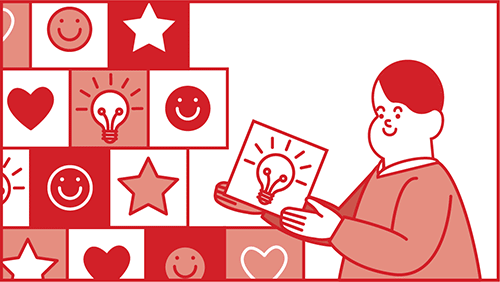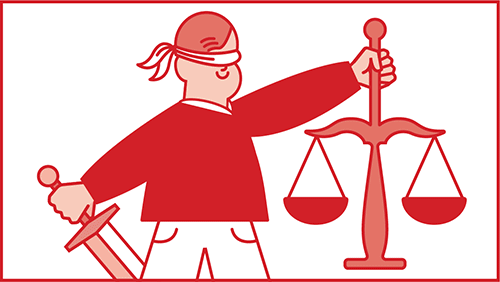Never miss a story — sign up for PLANSPONSOR newsletters to keep up on the latest retirement plan benefits news.
EEOC Provides Sample Notice for Wellness Programs
The U.S. Equal Employment Opportunity Commission (EEOC) has posted on its website a sample notice that will help employers that have wellness programs comply with their obligations under a recently issued Americans with Disabilities Act (ADA) rule.
The rule says employer wellness programs that ask employees about their medical conditions or that ask employees to take medical examinations (such as tests to detect high blood pressure, high cholesterol or diabetes) must ensure that these programs are reasonably designed to promote health and prevent disease, that they are voluntary, and that employee medical information is kept confidential.
Limited financial and other incentives are permitted as part of voluntary wellness programs under the rule. However, employers may not require employees to participate in a wellness program; may not deny or limit their health coverage for non-participation; may not retaliate against or interfere with any employee who does not want to participate; and may not coerce, threaten, intimidate or harass anyone into participating.
Employees also must receive a notice describing what information will be collected as part of the wellness program, who will receive it, how it will be used, and how it will be kept confidential. If the wellness program provides the notice, the employer must still ensure that their employees receive it.
The obligation to provide the notice goes into effect on the first day of the plan year that begins on or after January 1, 2017, for the plan that an employer uses to calculate the incentive limit.
The notice is available at https://www.eeoc.gov/laws/regulations/ada-wellness-notice.cfm, and a brief question-and-answer document describing the notice requirement and how to use the sample notice is available at https://www.eeoc.gov/laws/regulations/qanda-ada-wellness-notice.cfm.



